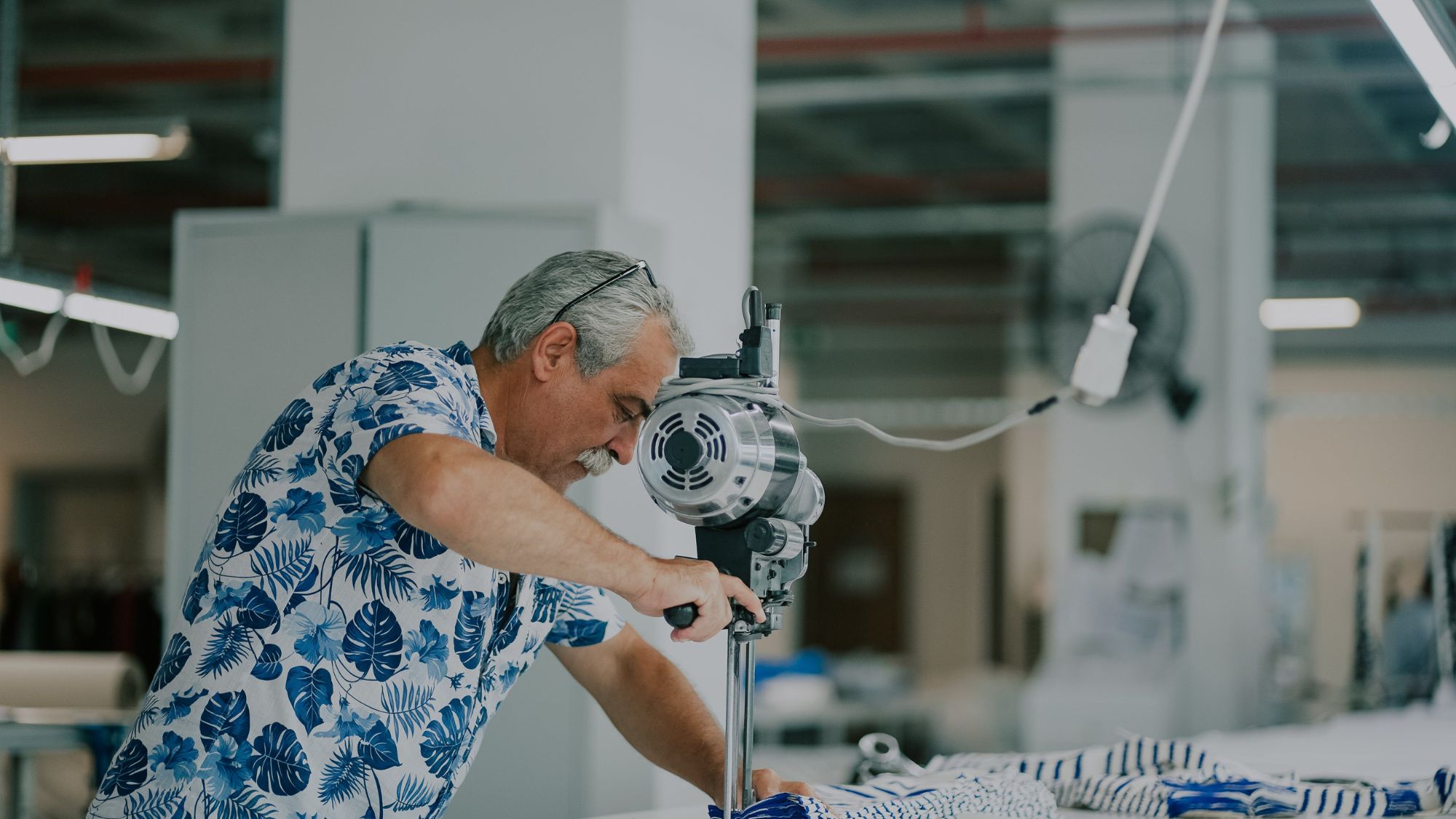The textile manufacturing industry, with notable players like T & A Textiles & Hosiery Mills, has a long-standing history and has undergone several transformations over the years. However, in recent times, the sector has experienced a wave of innovative changes that are reshaping its future trajectory. One of the significant shifts is towards sustainability, with a focus on reducing the industry’s environmental impact.
Besides, advances in technology have directed the evolution of new processes and materials, increasing efficiency and productivity. Additionally, the textile manufacturing supply chain dynamics are transforming, with a shift towards more transparent and ethical practices. This article aims to provide insight into the latest developments in textile manufacturing as of 2023 and the direction the industry is headed.
Embracing Sustainability
Sustainable Textile Innovations
Sustainability has become a focal point in the textile sector, with companies exploring various avenues to minimize their environmental footprint. Some of the notable sustainable innovations include the use of recycled fibers developed from post-consumer waste like plastic bottles and discarded textiles. These recycled fibers are a testament to the industry’s commitment to a circular economy, where resources are reused and recycled to decrease waste and dependency on virgin materials.
Green Manufacturing
The industry is investing in green and sustainable manufacturing technologies. These technologies aim to reduce water and energy consumption, utilize environmentally friendly chemicals, and explore new materials with a “greener” narrative compared to traditional products. The goal is to measurably reduce the carbon footprint of textile manufacturing, with brands and retailers driving the demand for such innovations.
Technological Advancements
Technical Textile Innovations
The International Textile Machinery Association (ITMA) 2023 exhibition showcased groundbreaking technical textile innovations. Reflecting the industry’s stride towards incorporating advanced technology. The exhibition, themed “Transforming the World of Textiles,” highlighted the sector’s ongoing efforts to embrace innovation. Attracting over 111,000 visitors from 143 countries and 1,709 exhibitors.
These advancements reflect the industry’s dedication to integrating cutting-edge technology into textile manufacturing, setting a new standard for what’s achievable within the sector. The exhibition marked a milestone in the ongoing journey of transforming the world of textiles, drawing attention from a global audience.
Shape-Shifting Fibers
FibeRobo, a new type of fiber made of liquid crystal elastomer, has been making waves in the world of textile manufacturing. Due to its fantastic ability to alter its shape in response to thermal stimuli. This groundbreaking invention opens up a whole new realm of possibilities for the creation of morphing fabrics.
With potential applications in a wide range of industries, including fashion, medical textiles, and possibly even aerospace. It’s a testament to how technological advancements can foster creativity and expand the boundaries of what was once thought possible in traditional textile manufacturing. With FibeRobo, the future of textile design is looking more exciting than ever before.
Embracing a Circular Economy
The circular economy is not a recent idea, but its application in textile manufacturing is gaining momentum. The essence of a circular economy is to keep resources in use for as long as possible. Which in the textile sector translates to recycling, upcycling, and reusing materials. The adoption of closed-loop systems is becoming more prevalent. Underlining the industry’s commitment to reducing waste and diminishing reliance on virgin resources.
Advancements in Raw and Fiber Materials
In recent years, the textile industry has been investing in technological innovations to develop raw and fiber materials. This has been done to ensure that the industry is sustainable and environmentally friendly. A lot of research is being carried out to explore novel materials and manufacturing technologies….
That can help the industry in this regard. One of the critical areas of focus is textile recycling, which is being discussing as a future research and development direction. This reflects the industry’s commitment to a green transformation and ensuring that the environment is protected for future generations.
Reshaping Supply Chain Dynamics
Innovations Across the Supply Chain
Textile manufacturing is witnessing innovations across its supply chain. Events like Techtextil North America and Texprocess Americas 2023 have been creating platforms for business development where new products and technologies are showcased. These events bring together exhibitors from various countries, representing the entire textile supply chain. Thus, fostering a unique environment for innovation and collaboration.
Traceability and Ethical Manufacturing
The industry is moving towards valuing traceability, authenticity, and ethical origins of manufacture. Companies are increasingly appointing chief sustainability officers or vice presidents of sustainability. Indicating a shift in demand parameters and a higher valuation of sustainability initiatives within the supply chain.
Final Thoughts
The textile industry is currently undergoing a significant transformation, with a focus on sustainability and technological advancements. These innovations aim to not only address environmental concerns but also to take the sector into a new era of manufacturing marked by efficiency, responsibility, and creativity. With consumers increasingly demanding eco-friendly and socially responsible products.
The industry is embracing new ways of producing textiles that are not only environmentally friendly but also economically viable. Moreover, advancements in technology are enhancing the industry’s ability to improve production processes and create innovative fabrics that meet the changing needs of consumers.
Read here; How to Choose the Right Household Linen for Your Needs?
